Other germicides
Germicide refers to chemicals that can kill or inhibit the bacteria or fungi. Germicide can kill or inhibit the growth and proliferation of pathogens at both outside the plant or inside the plants via the toxicity of the agents. Some kinds of germicides are non-toxic to the fungi, but can interfere with the process of pathogenic process of fungus or affect the interaction of pathogen – host, improving the plant defenses.
Non-toxic germicide: its activity on the fungus exhibits in affecting the fungal virulence and affecting the host pathogen relationship and improving the plant disease resistance. The effect of tricyclazole on rice blast fungus exhibits in inhibition the melanin synthesis during germination of spores upon invading the cork cell wall, causing failures of spores in penetrating through the host cell for invasion, namely through affecting the process of invading the cork cell wall and affecting the necessary intracellular turgor pressure. The spray of dichloro-dimethyl cyclopropane carboxylic acid (DDCC) on rice leaves can prevent the expansion of blast lesions. This is due to that the drug promotes the accumulation of momilictones A and B in the tissue surrounding the lesion plant defense hormone momilictones A and B, so that the mycelium in the inner point of invasion can’t sprawl.
Toxic group and auxiliary group: the mechanism of germicide in killing or inhibiting pathogen is related to the molecular structure of germicide. The molecular structure of every germicide must contain toxic group or toxic elements such as the mercury element contained in organic mercury compounds and trichloromethylthi group contained in the captan. The virulence of germicide on fungi or bacteria is due to that these groups and element can break the cell metabolism, and ultimately resulting in cell death. The structure of the germicide also contains certain auxiliary group which can adjust the physical chemical properties of the compound. For example, the butylamine formyl group benomyl structure has a strong lipophilic property, thus increasing the ability of the agent in infiltrating the body of bacteria or fungi, thereby enhancing the germicidal effect.
According to a germicidal effect, it can be divided into reduced germicide and oxidizing germicide.
According to the basic principle of germicide in the control plant diseases, it can be divided into protection agents, therapeutic agents and eradicating agents.
According to the major ingredients, germicide can be divided into inorganic germicide, such as sulfites, bleaching powder, copper sulfate; organic germicide, such as peracetic acid, "Captan", benzoic acid, sorbic acid, "zineb" etc; organic ketone germicide such as trichlorophenol ketone; organic mercury germicide such as sulfonamides mercury and chlorinated ethyl mercury; organochlorine germicides such as pentachlorophenol, "procymidone", dichloro-naphthoquinone; sulfa germicide such as aminobenzene sulfonic acid; sulfur cyanide germicide such as titanium nitrate powder and so on; phenol germicide such as phenol germicide and salicylanilide; aldehydes type germicide such as formaldehyde; esters germicide such as parabens; surfactant germicide.
According to the application approach, germicide can be divided into seed treatment agent, soil treatment agent and foliar sprays.
According the performance of absorption and translocation inside plants, germicide can be divided into non systematic germicide and systematic germicide.
According to the application, germicide can be divided into universal type, food type, medical type, agricultural and pastoral type, cleaning type, leather type, and paint type as well as other specialty germicides.
- Structure:
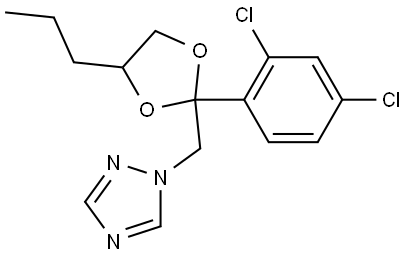
- Chemical Name:Propiconazole
- CAS:60207-90-1
- MF:C15H17Cl2N3O2
- Structure:
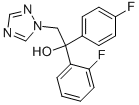
- Chemical Name:Flutriafol
- CAS:76674-21-0
- MF:C16H13F2N3O
- Structure:
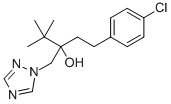
- Chemical Name:Tebuconazole
- CAS:107534-96-3
- MF:C16H22ClN3O
- Structure:
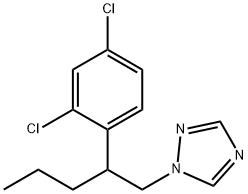
- Chemical Name:Penconazole
- CAS:66246-88-6
- MF:C13H15Cl2N3
- Structure:
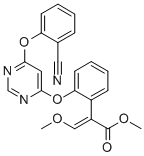
- Chemical Name:Azoxystrobin
- CAS:131860-33-8
- MF:C22H17N3O5
- Structure:

- Chemical Name:1,2-Dibromo-3-chloropropane
- CAS:96-12-8
- MF:C3H5Br2Cl
- Structure:
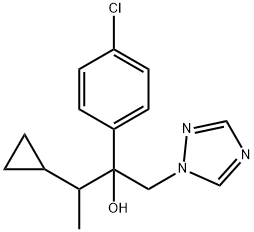
- Chemical Name:Cyproconazole
- CAS:94361-06-5
- MF:C15H18ClN3O
- Structure:
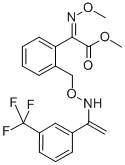
- Chemical Name:Trifloxystrobin
- CAS:141517-21-7
- MF:C20H19F3N2O4
- Structure:
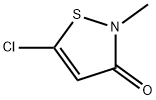
- Chemical Name:5-Chloro-2-methyl-4-isothiazolin-3-one
- CAS:26172-55-4
- MF:C4H4ClNOS
- Structure:

- Chemical Name:4,5-Dichloro-2-octyl-isothiazolone
- CAS:64359-81-5
- MF:C11H17Cl2NOS
- Structure:

- Chemical Name:Propamocarb
- CAS:24579-73-5
- MF:C9H20N2O2
- Structure:
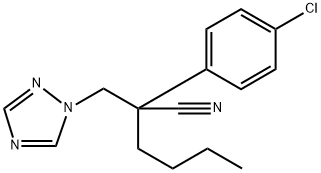
- Chemical Name:Myclobutanil
- CAS:88671-89-0
- MF:C15H17ClN4
- Structure:
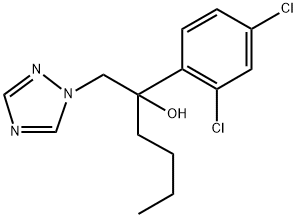
- Chemical Name:Hexaconazole
- CAS:79983-71-4
- MF:C14H17Cl2N3O
- Structure:
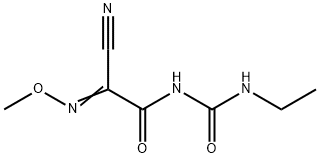
- Chemical Name:Cymoxanil
- CAS:57966-95-7
- MF:C7H10N4O3
- Structure:
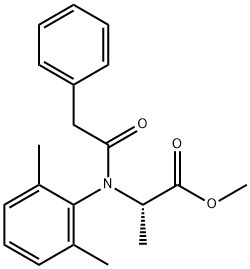
- Chemical Name:Benalaxyl
- CAS:71626-11-4
- MF:C20H23NO3
- Structure:
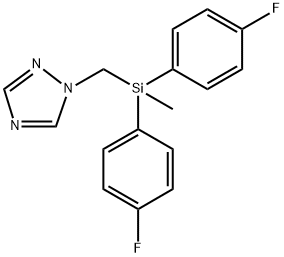
- Chemical Name:Flusilazole
- CAS:85509-19-9
- MF:C16H15F2N3Si
- Structure:
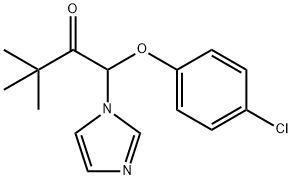
- Chemical Name:Climbazole
- CAS:38083-17-9
- MF:C15H17ClN2O2
- Structure:
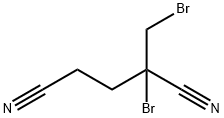
- Chemical Name:DBDCB
- CAS:35691-65-7
- MF:C6H6Br2N2
- Structure:
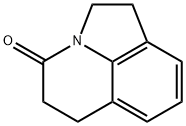
- Chemical Name:PYROQUILON
- CAS:57369-32-1
- MF:C11H11NO
- Structure:
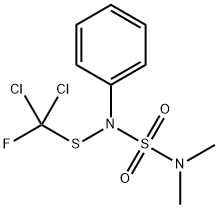
- Chemical Name:DICHLOFLUANID
- CAS:1085-98-9
- MF:C9H11Cl2FN2O2S2
- Structure:
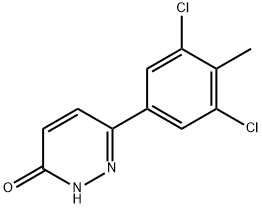
- Chemical Name:DICLOMEZINE
- CAS:62865-36-5
- MF:C11H8Cl2N2O
- Structure:
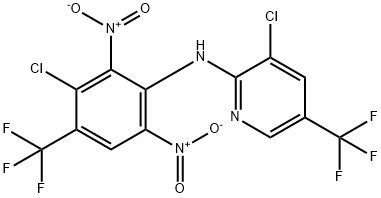
- Chemical Name:Fluazinam
- CAS:79622-59-6
- MF:C13H4Cl2F6N4O4
- Structure:
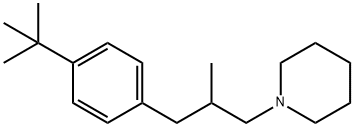
- Chemical Name:Fenpropidin
- CAS:67306-00-7
- MF:C19H31N
- Structure:
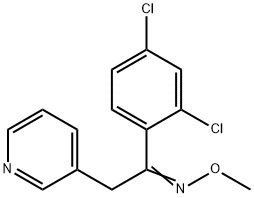
- Chemical Name:PYRIFENOX
- CAS:88283-41-4
- MF:C14H12Cl2N2O
- Structure:
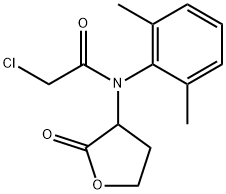
- Chemical Name:Ofurace
- CAS:58810-48-3
- MF:C14H16ClNO3
- Structure:
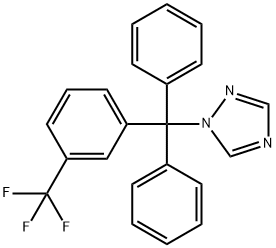
- Chemical Name:Fluotrimazol
- CAS:31251-03-3
- MF:C22H16F3N3
- Structure:
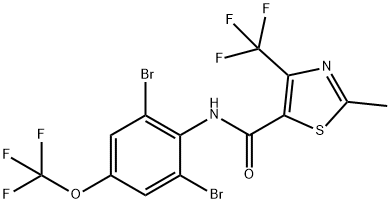
- Chemical Name:THIFLUZAMIDE
- CAS:130000-40-7
- MF:C13H6Br2F6N2O2S
- Structure:
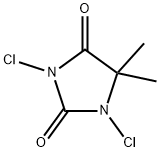
- Chemical Name:1,3-Dichloro-5,5-dimethylhydantoin
- CAS:118-52-5
- MF:C5H6Cl2N2O2
- Structure:
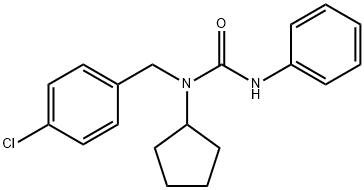
- Chemical Name:Pencycuron
- CAS:66063-05-6
- MF:C19H21ClN2O
- Structure:

- Chemical Name:METIRAM
- CAS:9006-42-2
- MF:C12H12N6S16Zn
- Structure:
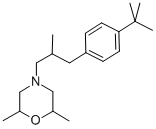
- Chemical Name:FENPROPIMORPH
- CAS:67306-03-0
- MF:C20H33NO
- Structure:
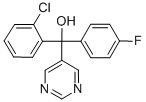
- Chemical Name:NUARIMOL
- CAS:63284-71-9
- MF:C17H12ClFN2O
- Structure:
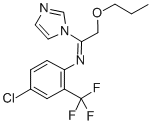
- Chemical Name:TRIFLUMIZOLE
- CAS:68694-11-1
- MF:C15H15ClF3N3O
- Structure:
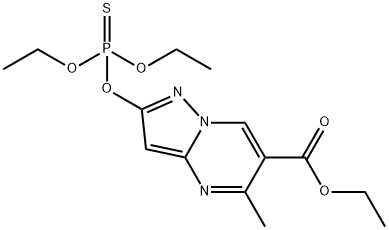
- Chemical Name:PYRAZOPHOS
- CAS:13457-18-6
- MF:C14H20N3O5PS
- Structure:
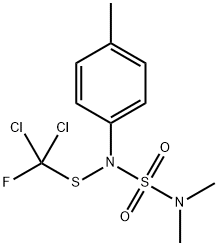
- Chemical Name:TOLYLFLUANID
- CAS:731-27-1
- MF:C10H13Cl2FN2O2S2
- Structure:
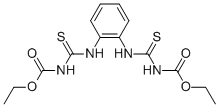
- Chemical Name:THIOPHANAT-ETHYL
- CAS:23564-06-9
- MF:C14H18N4O4S2
- Structure:
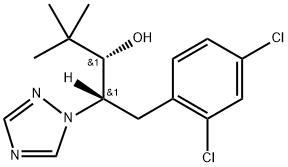
- Chemical Name:Diclobutrazol
- CAS:75736-33-3
- MF:C15H19Cl2N3O
- Structure:
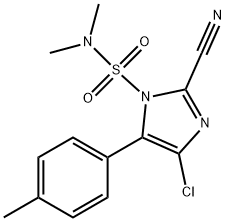
- Chemical Name:CYAZOFAMID
- CAS:120116-88-3
- MF:C13H13ClN4O2S
- Structure:
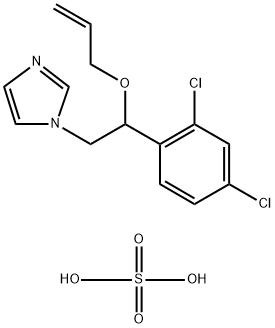
- Chemical Name:Imazalil sulfate
- CAS:58594-72-2
- MF:C14H14Cl2N2O.H2O4S
- Structure:
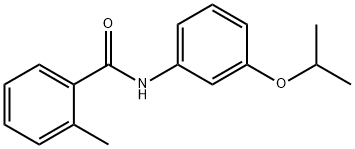
- Chemical Name:Mepronil
- CAS:55814-41-0
- MF:C17H19NO2
- Structure:
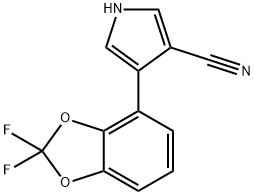
- Chemical Name:Fludioxonil
- CAS:131341-86-1
- MF:C12H6F2N2O2
- Structure:
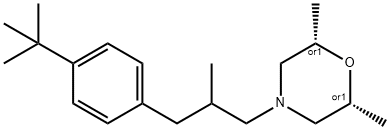
- Chemical Name:Fenpropimorph
- CAS:67564-91-4
- MF:C20H33NO
- Structure:
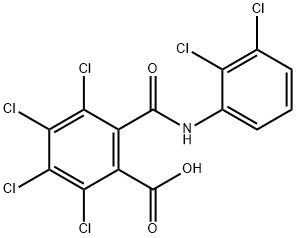
- Chemical Name:Tecloftalam
- CAS:76280-91-6
- MF:C14H5Cl6NO3
- Structure:
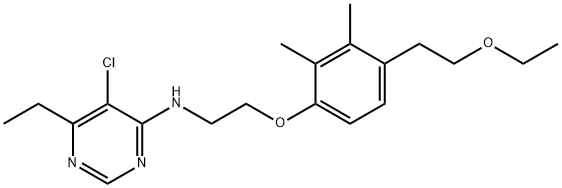
- Chemical Name:PYRIMIDIFEN
- CAS:105779-78-0
- MF:C20H28ClN3O2
- Structure:

- Chemical Name:Tridemorph
- CAS:24602-86-6
- MF:C19H39NO
- Structure:
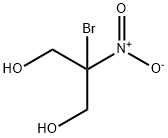
- Chemical Name:Bronopol
- CAS:52-51-7
- MF:C3H6BrNO4
- Chemical Name:BENTHIAVALICARB-ISOPROPYL
- CAS:
- MF:
- Structure:

- Chemical Name:Benzoic acid, 4-[[[2-[(4,6-dimethoxy-2-pyrimidinyl)oxy]phenyl]methyl]amino]-
- CAS:420138-62-1
- MF:C20H19N3O5
- Structure:

- Chemical Name:PHENYLMERCURIC CHLORIDE
- CAS:100-56-1
- MF:C6H5ClHg
- Structure:
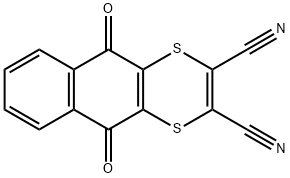
- Chemical Name:DITHIANON
- CAS:3347-22-6
- MF:C14H4N2O2S2
- Structure:
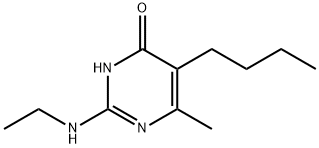
- Chemical Name:ETHIRIMOL
- CAS:23947-60-6
- MF:C11H19N3O
- Structure:
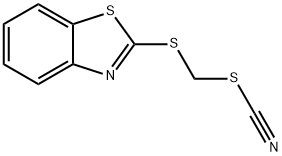
- Chemical Name:2-(Thiocyanatomethylthio)benzothiazole
- CAS:21564-17-0
- MF:C9H6N2S3
- Structure:
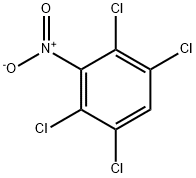
- Chemical Name:TECNAZENE
- CAS:117-18-0
- MF:C6HCl4NO2
- Structure:
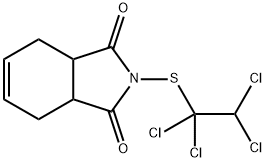
- Chemical Name:CAPTAFOL
- CAS:2425-06-1
- MF:C10H9Cl4NO2S
- Structure:
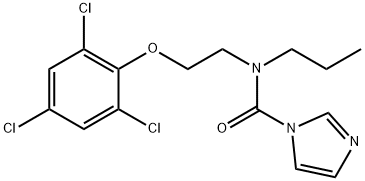
- Chemical Name:Prochloraz
- CAS:67747-09-5
- MF:C15H16Cl3N3O2
- Structure:
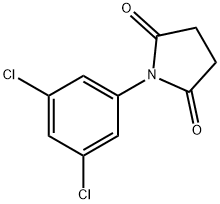
- Chemical Name:Dimethachlon
- CAS:24096-53-5
- MF:C10H7Cl2NO2
- Structure:
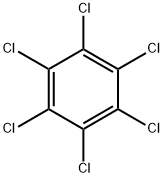
- Chemical Name:HEXACHLOROBENZENE-UL-14C
- CAS:67471-27-6
- MF:C6Cl6
- Structure:
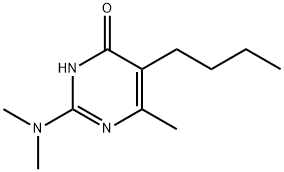
- Chemical Name:DIMETHIRIMOL
- CAS:5221-53-4
- MF:C11H19N3O
- Structure:
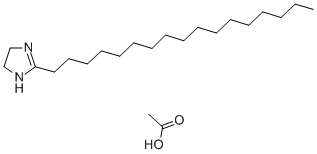
- Chemical Name:GLYODIN
- CAS:556-22-9
- MF:C22H44N2O2
- Structure:
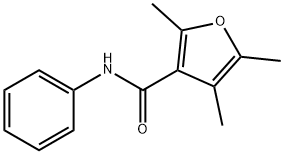
- Chemical Name:METHFUROXAM
- CAS:28730-17-8
- MF:C14H15NO2
- Structure:

- Chemical Name:SULFUR-32
- CAS:13981-57-2
- MF:S
- Structure:
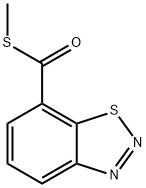
- Chemical Name:ACIBENZOLAR-S-METHYL
- CAS:135158-54-2
- MF:C8H6N2OS2
- Structure:

- Chemical Name:Benthiavalicarb-isopropyl
- CAS:177406-68-7
- MF:C18H24FN3O3S
- Structure:
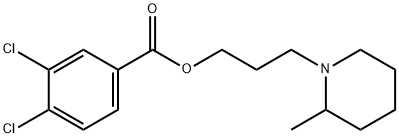
- Chemical Name:PIPERALIN
- CAS:3478-94-2
- MF:C16H21Cl2NO2
- Structure:

- Chemical Name:POTASSIUM THIOCYANATE-13C-15N
- CAS:143673-61-4
- MF:CKNS
- Structure:
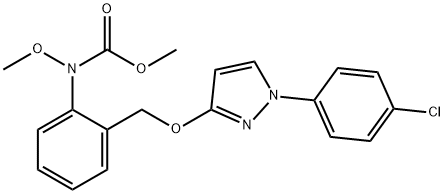
- Chemical Name:Pyraclostrobin
- CAS:175013-18-0
- MF:C19H18ClN3O4
- Structure:
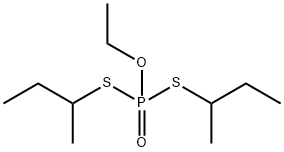
- Chemical Name:CADUSAFOS
- CAS:95465-99-9
- MF:C10H23O2PS2
- Structure:
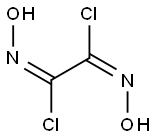
- Chemical Name:Dichloroglyoxime
- CAS:2038-44-0
- MF:C2H2Cl2N2O2
- Structure:
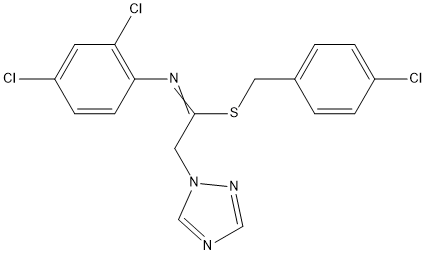
- Chemical Name:IMIBENCONAZOLE
- CAS:86598-92-7
- MF:C17H13Cl3N4S
- Structure:
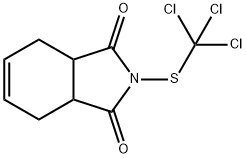
- Chemical Name:Captan
- CAS:133-06-2
- MF:C9H8Cl3NO2S
- Structure:
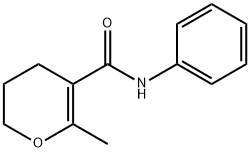
- Chemical Name:PYRACARBOLID
- CAS:24691-76-7
- MF:C13H15NO2
- Structure:
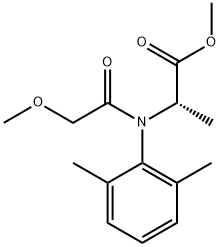
- Chemical Name:Metalaxyl
- CAS:57837-19-1
- MF:C15H21NO4
- Structure:
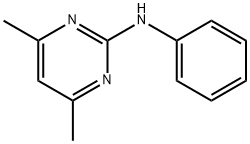
- Chemical Name:Pyrimethanil
- CAS:53112-28-0
- MF:C12H13N3
- Structure:
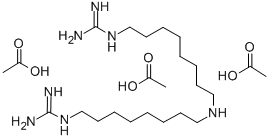
- Chemical Name:Guazatine acetate salt
- CAS:115044-19-4
- MF:C24H53N7O6
- Structure:
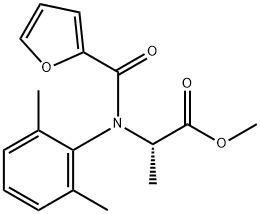
- Chemical Name:FURALAXYL
- CAS:57646-30-7
- MF:C17H19NO4
- Structure:

- Chemical Name:alpha-butyl-alpha-phenyl-1H-imidazole-1-propiononitrile
- CAS:61019-78-1
- MF:C16H19N3
- Structure:
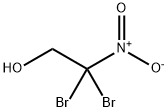
- Chemical Name:2,2-Dibromo-2-nitroethanol
- CAS:69094-18-4
- MF:C2H3Br2NO3
- Structure:
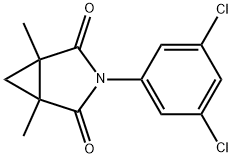
- Chemical Name:Procymidone
- CAS:32809-16-8
- MF:C13H11Cl2NO2
- Structure:

- Chemical Name:Dazomet
- CAS:533-74-4
- MF:C5H10N2S2
- Structure:

- Chemical Name:POTASSIUM THIOCYANATE (13C)
- CAS:143827-33-2
- MF:CKNS
- Structure:
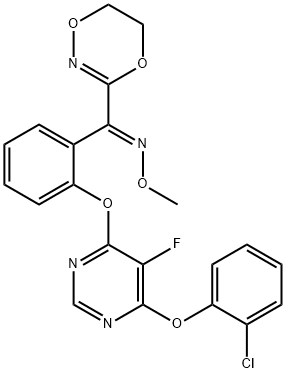
- Chemical Name:FLUOXASTROBIN
- CAS:361377-29-9
- MF:C21H16ClFN4O5
- Structure:
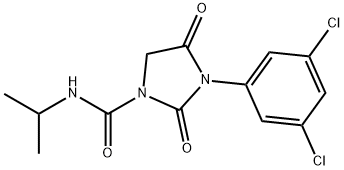
- Chemical Name:Iprodione
- CAS:36734-19-7
- MF:C13H13Cl2N3O3
- Structure:
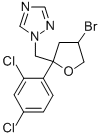
- Chemical Name:BROMUCONAZOLE
- CAS:116255-48-2
- MF:C13H12BrCl2N3O
- Structure:
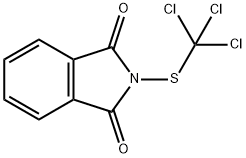
- Chemical Name:Folpet
- CAS:133-07-3
- MF:C9H4Cl3NO2S
- Structure:
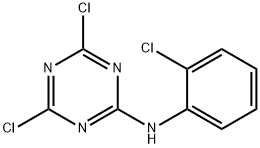
- Chemical Name:ANILAZINE
- CAS:101-05-3
- MF:C9H5Cl3N4
- Structure:
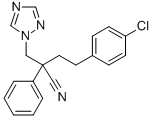
- Chemical Name:FENBUCONAZOLE
- CAS:114369-43-6
- MF:C19H17ClN4
- Structure:
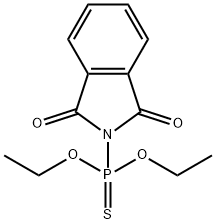
- Chemical Name:DITALIMFOS
- CAS:5131-24-8
- MF:C12H14NO4PS
- Structure:

- Chemical Name:HEXACHLOROBENZENE 13C6
- CAS:93952-14-8
- MF:C6Cl6
- Structure:
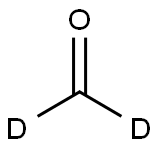
- Chemical Name:FORMALDEHYDE-D2
- CAS:1664-98-8
- MF:CD2O
- Structure:
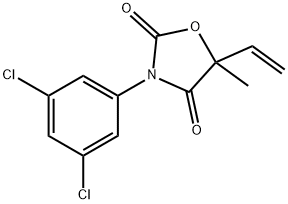
- Chemical Name:VINCLOZOLIN
- CAS:50471-44-8
- MF:C12H9Cl2NO3
- Structure:
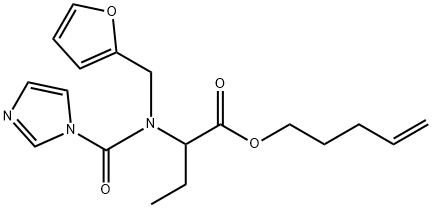
- Chemical Name:Pefurazoate
- CAS:101903-30-4
- MF:C18H23N3O4
- Structure:
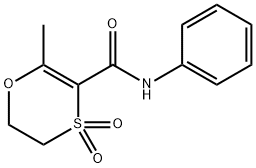
- Chemical Name:OXYCARBOXIN
- CAS:5259-88-1
- MF:C12H13NO4S
- Structure:
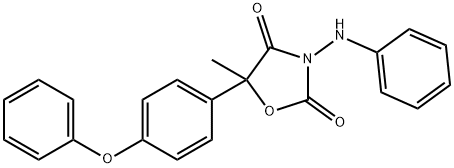
- Chemical Name:Famoxadone
- CAS:131807-57-3
- MF:C22H18N2O4
- Structure:
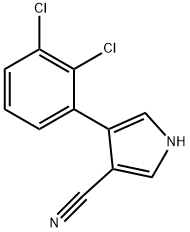
- Chemical Name:FENPICLONIL
- CAS:74738-17-3
- MF:C11H6Cl2N2
- Structure:
- Chemical Name:IMINOCTADINE TRIACETATE
- CAS:39202-40-9
- MF:C24H53N7O6
- Structure:
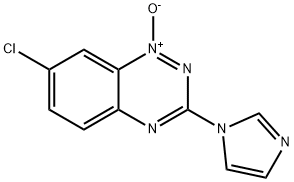
- Chemical Name:TRIAZOXIDE
- CAS:72459-58-6
- MF:C10H6ClN5O
- Structure:
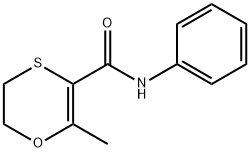
- Chemical Name:Carboxin
- CAS:5234-68-4
- MF:C12H13NO2S
- Structure:

- Chemical Name:BISMERTHIAZOL
- CAS:79319-85-0
- MF:C5H6N6S4
- Structure:
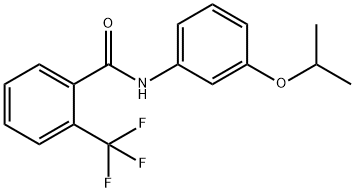
- Chemical Name:Flutolanil
- CAS:66332-96-5
- MF:C17H16F3NO2
- Structure:

- Chemical Name:1,3-THIAZOLIDIN-2-ONE
- CAS:2682-49-7
- MF:C3H5NOS